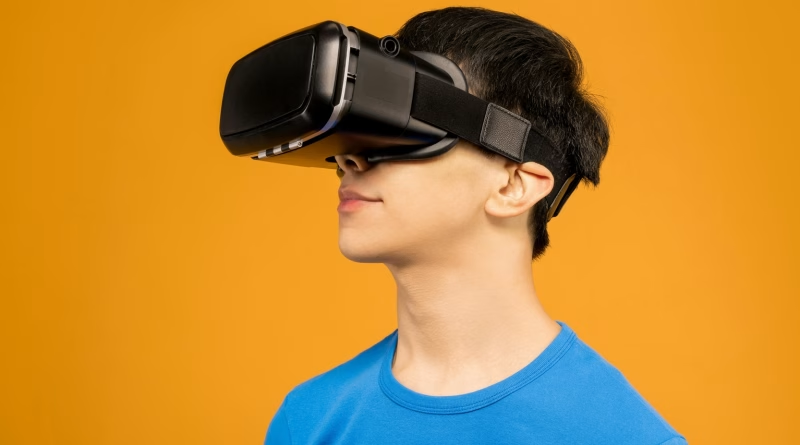The Best VR Headsets for Gaming and Beyond in 2025
The world of Virtual Reality is no longer a monolithic, one-size-fits-all market. The question is no longer just “Should I get a VR headset?” but “What kind of VR experience am I looking for?” The technology has matured and branched out, creating distinct categories for gaming, professional work, and high-end PC experiences.
The “metaverse” hype may have cooled, but the hardware has never been better. From affordable, mainstream gaming consoles to powerful spatial computers, the headsets available in 2025 are incredible feats of engineering.
If you’re ready to take the plunge, we’ve sorted through the top contenders to help you find the perfect device for your needs. This is our guide to the best VR headsets for gaming and beyond.
1. The Best for Most People: Meta Quest 3
- Best For: Mainstream gaming, mixed reality experiences, and affordable, untethered fun.
- Price: Starting at $499
The Meta Quest 3 isn’t just the best-selling VR headset; it’s the device that defines the market for most people. It’s a fantastic, self-contained gaming console that requires no PC or external sensors. Its massive library of games, from rhythm-action titles like Beat Saber to epic RPGs like Asgard’s Wrath 2, is unrivaled in the standalone space.
Where the Quest 3 truly shines over its predecessor is its full-color passthrough cameras, making it a powerful mixed reality (MR) device. You can have virtual board games appear on your real coffee table or have digital characters run around your actual living room. While it can be connected to a PC for more powerful VR experiences, its primary strength is its pick-up-and-play simplicity. For anyone looking to get into VR for gaming and fun, the Quest 3 is still the undisputed champion and the easiest possible recommendation.
2. The Ultimate PC VR Powerhouse: Varjo Aero
- Best For: Hardcore simulation fans (flight and racing) and PC VR enthusiasts who demand the absolute best visual clarity.
- Price: Approx. $1,990 (headset only)
While standalone headsets have taken over the mainstream, a dedicated market for high-fidelity, PC-powered VR still exists, and the Varjo Aero sits at the top of that pyramid. This headset is built for one thing: visual fidelity. It boasts “retina resolution” mini-LED displays that are so clear you can’t discern individual pixels, eliminating the “screen door effect” that plagues many other headsets.
This level of clarity makes it the headset of choice for serious simulation enthusiasts who need to be able to clearly read the instrument panels in a virtual cockpit or see the apex of a corner on a racetrack. It’s an expensive, enthusiast-grade piece of hardware that requires a top-of-the-line gaming PC to run, but for those who want the most immersive and visually stunning PC VR experience possible, the Varjo Aero has no equal.
3. The Best for Work & Productivity: Apple Vision Pro
- Best For: Professionals, developers, and early adopters looking for the future of personal computing.
- Price: Starting at $3,499
Apple is adamant that the Vision Pro is not a VR headset; it’s a “spatial computer,” and after using it, the distinction becomes clear. This device is not designed to help you escape reality, but to augment it with an unprecedented level of digital information. Its ultra-high-resolution displays and world-class passthrough video create the illusion that digital windows and 3D models are genuinely present in your physical space.
For gaming, it’s a non-starter. For work and productivity, it’s a glimpse into the future. You can surround yourself with massive virtual monitors, collaborate on 3D schematics with remote colleagues, or watch a movie on a screen that feels 100 feet wide. It’s a first-generation product with first-generation limitations (it’s heavy and battery life is short), but it is without a doubt the most technologically advanced headset on the planet. For professionals who can leverage its unique capabilities, it’s a revolutionary productivity tool.
The “best” VR headset in 2025 truly depends on your goal. Whether you want to play, work, or simulate, the market now has a specialized, powerful option that can deliver an experience that was pure science fiction just a few years ago.




